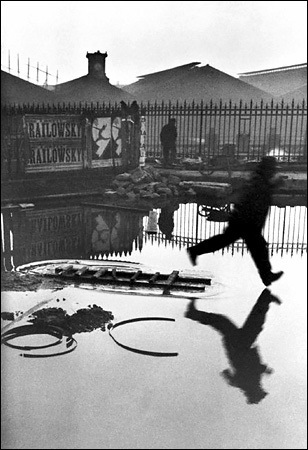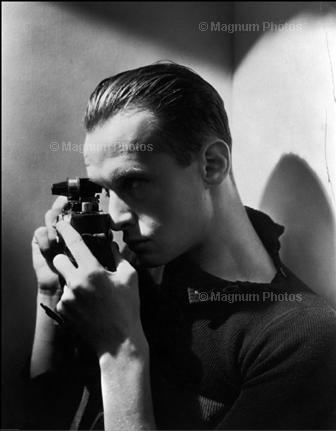There used to be an old rule of thumb with hi-fi gear back in the days of the long playing record that 50% of your budget for an outfit should be for the loudspeakers, these being the weakest link in the chain. Of course, as with photographers, many disregarded this sound guideline, if you pardon the pun, and spent most of their money on the pick-up arm and turntable.
The assumption underlying what follows is that the goal is for prints which are made at a magnification of 12x or more on a consistent basis.
I think there a version of this “rule” which is equally applicable to expenditure on photographic equipment. If we break the process into two components – the front end (camera, film or digital card, lens) and back end (enlarger or scanner and printer) then I’ll bet dollars to doughnuts that most serious photographers spend 80% of their budget on the front end.
This is completely wrong, especially for film-based photography where processing is much more important than with digital. The best way I can think of solving the equation is to look at the back end first, because there is less to choose from there.
A dedicated film scanner for 35mm or medium format, I mean a good dedicated film scanner, will run some $1,000 (35mm) or $2,000 (medium format). For that you get a top quality lens backed by robust mechanicals and software to remove dust and scratches without significantly affecting image quality. In the wet darkroom, the cost is similar – you need a good lens and enlarger. A good enlarger runs $1,000 to $2,000 with a lens adding $200-300. Sure you can spend less but you get a poor screen, slow speed and modest storage. The digital back-end worker has to add a computer for another $2,000, Photoshop for $800 and a printer for $350 – $600, the latter for a wide-carriage version.
So your back-end for top quality exhibition work with a film front end runs $2,000 to $5,000, with the latter price point easily reached if you work in medium format. The worker using a digital front end saves money on the film scanner, as none is needed.
Yet how often do you read film users saying “My flat bed scanner does just fine on all film sizes”, this invariably written by someone who has never seen a good scan from a dedicated film scanner? Their mega dollar front end is being processed though mush. Quality in, garbage out.
So, with a back-end running $2,000 to $5,000 that leaves the quality oriented photographer a like sum, adopting the 50/50 Rule, for the front end. That sort of sum buys you just about anything you need.
Moral of the story? A cheap back end makes your camera into a Box Brownie, even if it says Hasselblad on the label.

